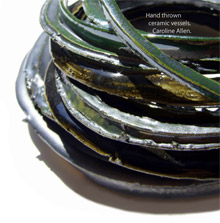Alison Sheridan and Kate Verkooijen (University of Exeter)
In this paper the speakers present a dialogue between a) contemporary archaeological interpretation of ancient craft working practice with its related theory and b) actual craft practice from the point of view of a craftperson/artist/experimental archaeologist. Archaeologists are increasingly connecting with contemporary craftspeople in pursuit of an understanding of how ancient craft activities may have been organised across a range of aspects, mostly approached through the concept of the ‘châine operatoire’. These approaches seek to pin down the processes of ‘making’ into definable ‘steps’ through which, amongst other things, comparisons may be made between different ‘Communities of Practice’ or how particular individual craftspeople might be identified through their work. However, there remain certain ephemeral and often unarticulated aspects to craft practice which have important effects on the practical actions of craftspeople and which cannot be measured by these approaches. Through the example of two Early Bronze Age artefacts (the Shaw Cairn amber spacer plate necklace and the perforated cigar-shaped object of cannel coal from Stanhope, Co. Durham) the speakers seek to develop a dialogue between these two spheres. Alison Sheridan discusses an archaeologist’s approach to interpreting ancient craft working while Kate Verkooijen reveals why craftspeople get that sinking feeling when they hear those two innocent questions “How did you make it?” and “How long did it take you?”


